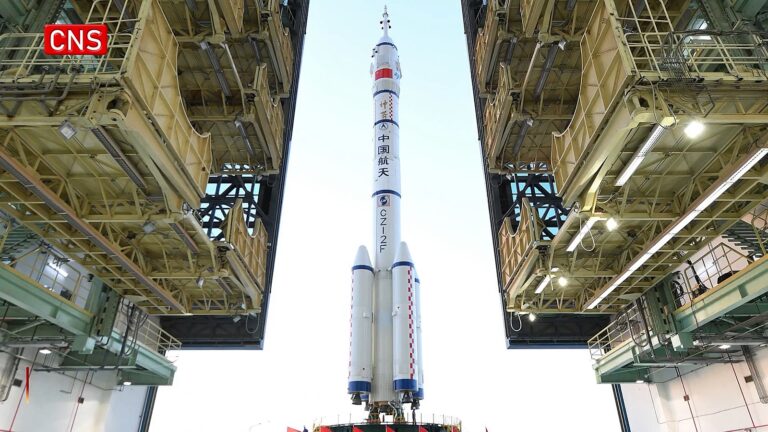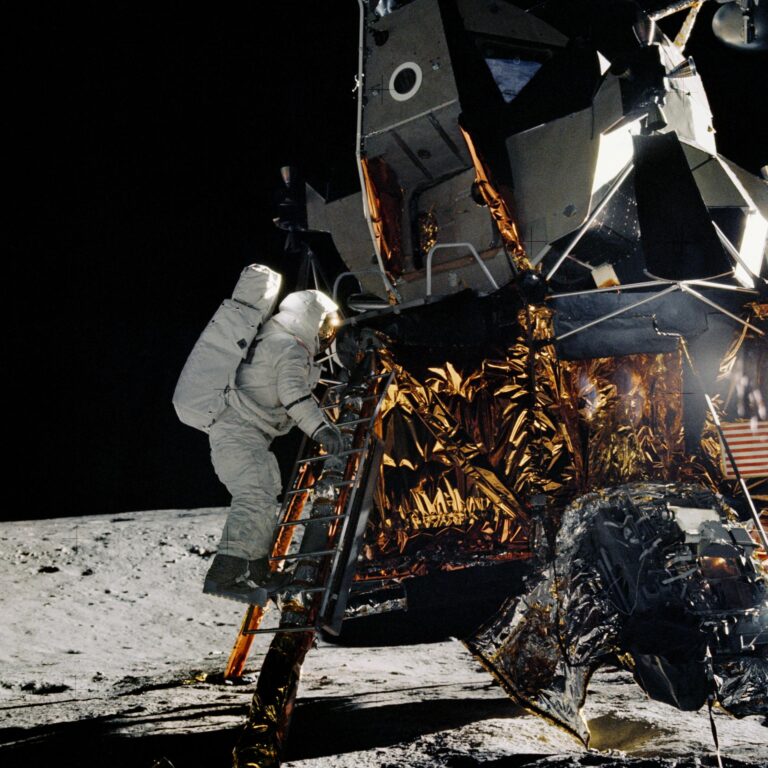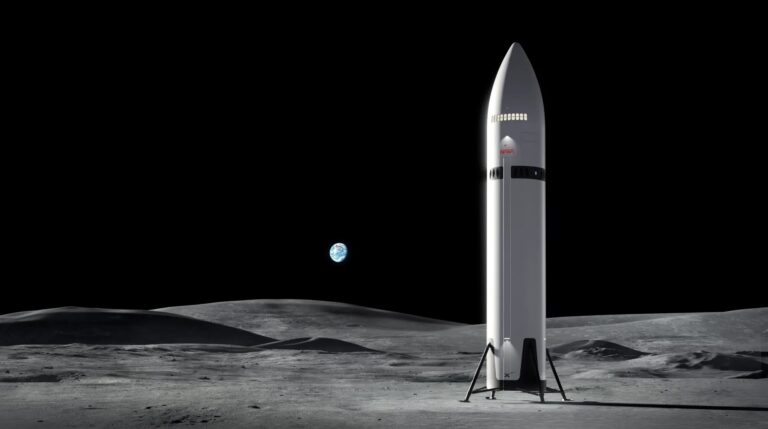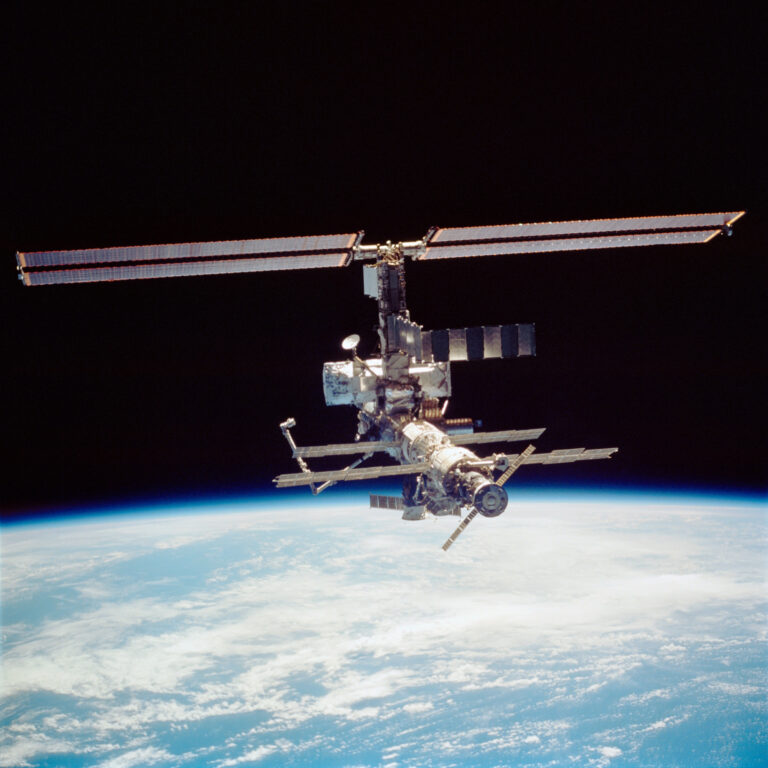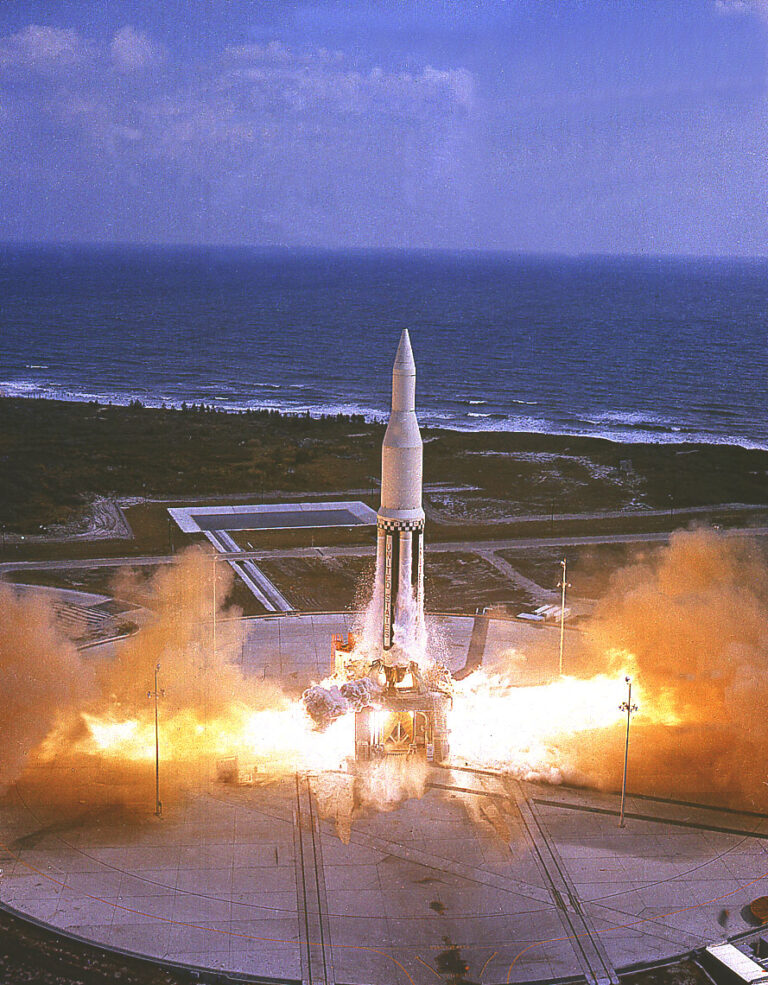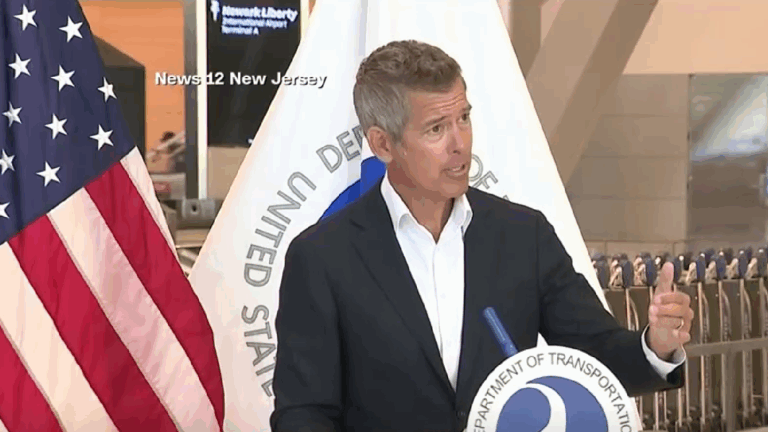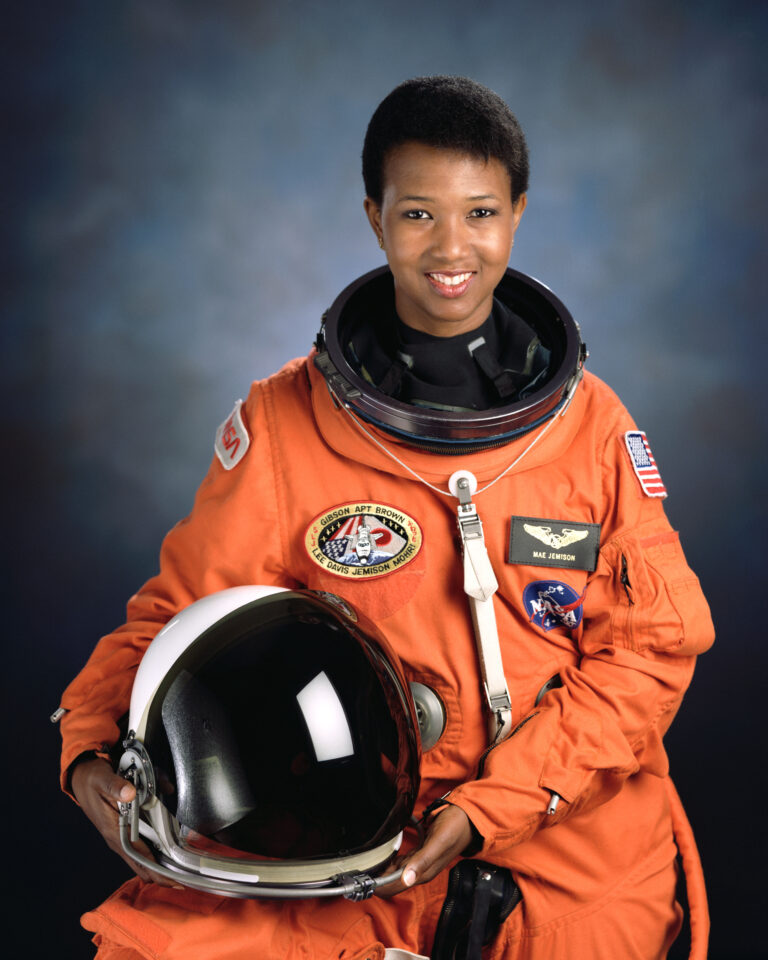Key Takeaways:
Blue Origin successfully launched their New Shepard rocket on December 11. The launch from Amazon founder Jeff Bezos’ aerospace company took place in West Texas, and it brought over 1,000 postcards and art projects from students into space.
The launch marked the 100th commercial payload mission for the company as well as the 12th time they have launched a New Shepard rocket, and the 6th launch of the specific booster used in the launch.
The reusable rocket booster landed successfully on Wednesday. It came back to the launch pad vertically, sending a sonic boom echoing across the desert. Then, it hovered for a moment and touched down on the launch pad. The capsule itself landed nearby with both parachutes fully deployed.
In the near future, Blue Origin hopes to transform their capsule from a payload bearing vehicle into to one that can bring humans into space. Crewed missions would allow researchers, students, and space tourists to experience microgravity.
Much like other private aerospace companies SpaceX and Boeing, Blue Origin is looking toward the new age “Space Race” just ramping up. With planned future missions to the Moon in upcoming years from both NASA and the private sector, Bezos’s aerospace company is hoping to create a lunar lander that they hope can reach the Moon by 2024.



